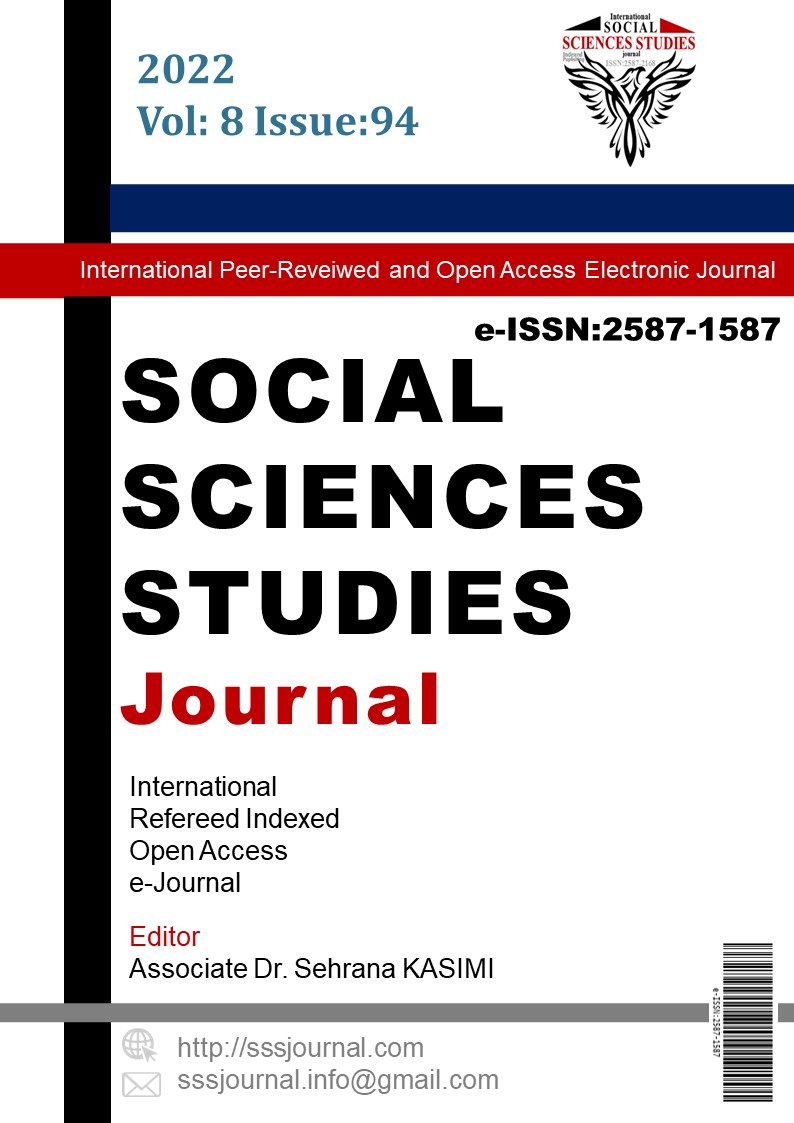Author :
Abstract
Her geçen gün katlanarak artan bilgi yoğunluğu karşısında görsel iletişimin önemi daha çok artmıştır. Özellikle de günlük hayatımızda bilgiye çabuk ulaşma, kolay anlamlandırma ve akılda tutabilme konusunda pratik çözümlere ihtiyaç duyulmaya başlanmıştır. Bu sebepledir ki görsel iletişimin bir ürünü olan ikonlara daha sık rastlanmakta ve iletişimde daha çok tercih edilmektedir. İkonlar, hızlı karar verilmesi gereken durumlarda, tehlike anında ve anlık bilgilendirmelerde yazılı ve işitsel iletişimden daha güçlü olabilmektedir. Bu ikonların iletişim kurma becerisi, kültürden ve zaman başta olmak üzere birçok etkene bağlıdır. Ancak iyi tasarlanmış bir ikon evrensel bir nitelik taşıyabilmekte bu da kültürler arası iletişimi kuvvetlendirebilmektedir. Ancak etkin bir ikon için tek başına sezgisel bir tasarım anlayışı yeterli olmayıp, dikkat edilmesi gereken belirli hususlar vardır. Ayrıca bireyin kolayca ve hızlıca anlamlandırabileceği ikonların tasarlanması çeşitli araştırmalar ve deneyler sonucunda mümkün olabilmektedir.
Keywords
Abstract
The importance of visual communication has increased in the face of increasing information density day by day. Especially in our daily life, practical solutions have started to be needed for quick access to information, easy interpretation and keeping it in mind. For this reason, icons, which are a product of visual communication, are more common and preferred more in communication. Icons can be more powerful than written and auditory communication in situations where quick decisions need to be made, in case of danger and instant notifications. The ability of these icons to communicate depends on many factors, especially culture and time. However, a well-designed icon can have a universal quality, which can strengthen intercultural communication. However, an intuitive design approach alone is not enough for an effective icon, and there are certain points to be considered. In addition, it is possible to design icons that the individual can easily and quickly understand as a result of various researches and experiments.
Keywords
- Abdullah, R. & Huber, R. (2006). Pictograms, Icons & Signs, Thames & Hudson Publishing, London.
- Abdullah, R. & Huber, R. (2006). Pictograms, Icons & Signs, Thames & Hudson Publishing, London. Barker, P. & Yazdani, M. (2000). Iconic Communication, Intellect Books, Bristol.
- Danesi, M. (2004). Messages, Signs, and Meanings: A Basic Textbook in Semiotics and Communication, Canadian Scholars’ Press Inc, Toronto.
- Dobson, T. & Dobson, S.A. (2016). Tip of the Icon: Examining Socially Symbolic Indexical Signage, Dialectic Volume I, Issue I: Theoretical Speculation.
- Hicks, J. (2011). The Icon Handbook, Five Simple Steps, United Kingdom.
- Lidwell, W.; Holden, K. & Butler, J. (2003). Universal Principles of Design, Rockport Publishers, Massachusetts.
- Rogers, Y (1989). Icons at the Interface: Their Usefulness Interacting with Computers, Butterworth & Co Publishers Ltd, London.
- Sassoon, R., & Gaur, A. (1997). Signs, symbols and icons: Pre-history to the computer age. Cromwell Press, Wiltshire.
- Stephens, M. (1998). The Rise of the Image The Fall of the World, Oxford University Press, New York. Vaillant, P. & Castaing, M.F (2008). Iconicity as Recognizability, Hal Archives-Ourvertes





